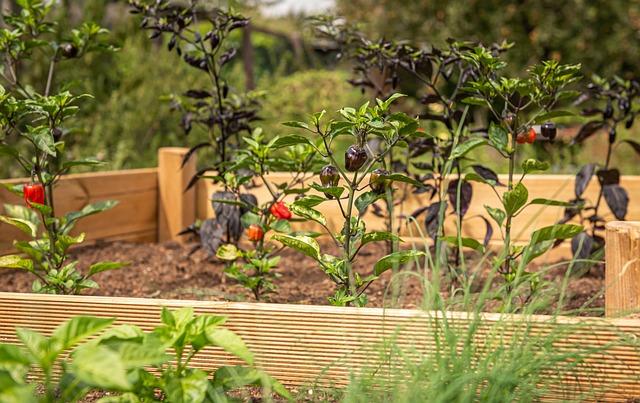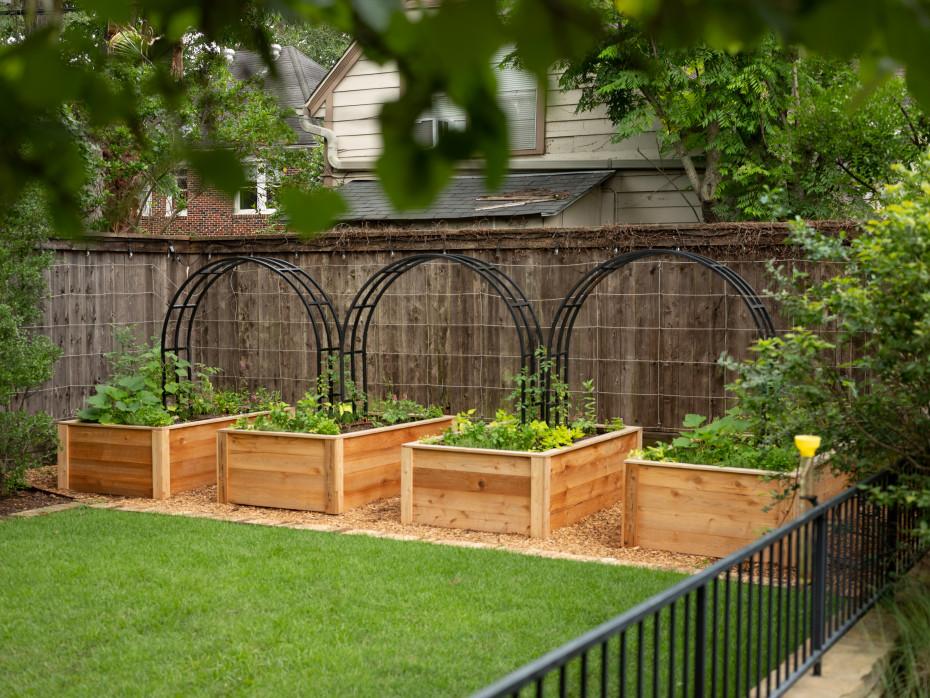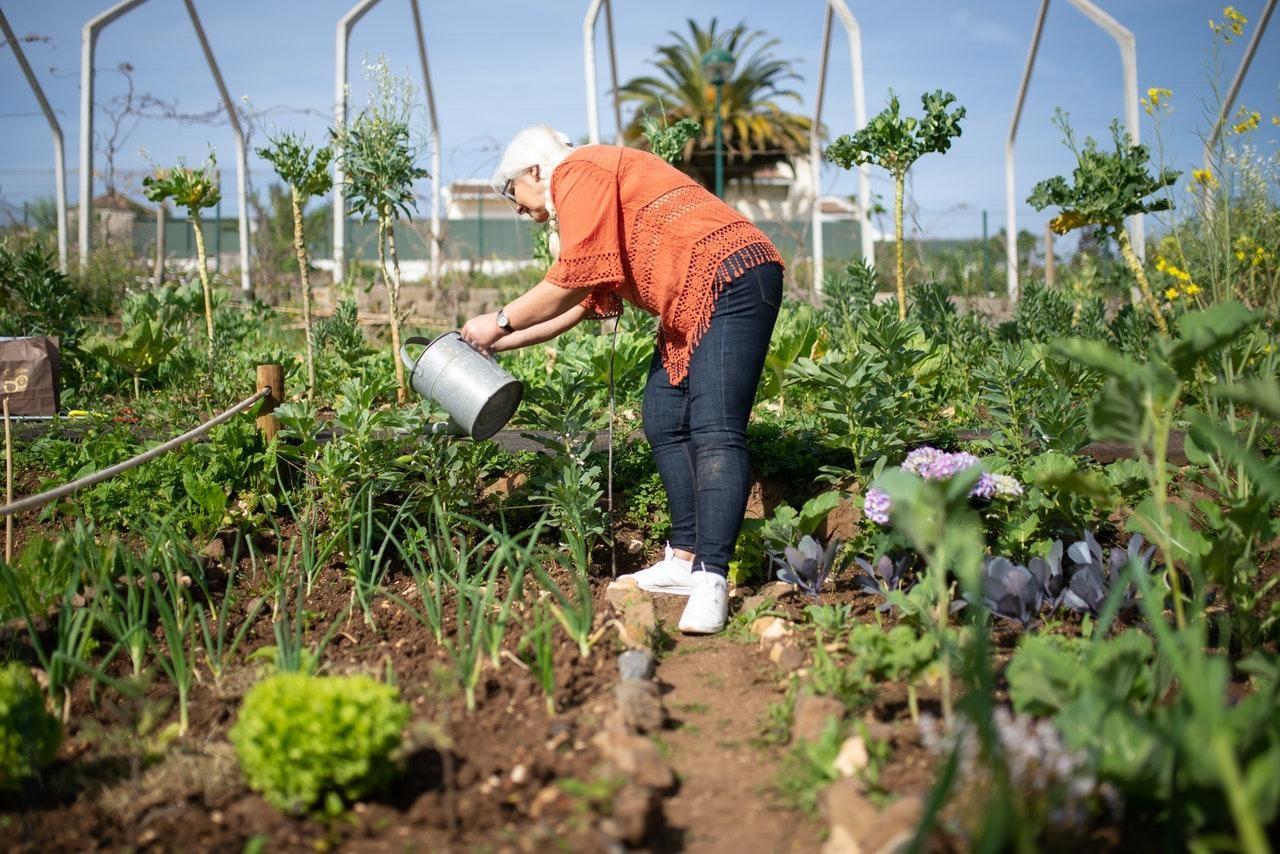In the world of gardening, the thrill of watching seeds transform into vibrant blooms and bountiful harvests can be one of life’s simplest pleasures. However,for many aspiring gardeners,the prospect of creating and maintaining a thriving garden can feel daunting.Enter raised garden bed kits—a innovative solution designed to simplify the gardening experience. These thoughtfully crafted kits provide an accessible way for enthusiasts of all skill levels to cultivate their green dreams with ease and efficiency.Whether you have limited space or are looking to improve soil quality and drainage, raised garden beds offer numerous benefits, merging functionality with aesthetic appeal. Join us as we explore how these practical tools can transform your gardening journey, empowering you to create a productive oasis in your backyard, balcony, or community plot.
Choosing the Right Raised Garden Bed Kit for Your Space
When selecting a raised garden bed kit, consider the dimensions and materials that best fit your available space and gardening goals. Raised beds come in various sizes, making it essential to choose one that complements your yard or patio space without overwhelming it. Typical dimensions might include:
- 4’x4′ – Ideal for small spaces or beginners.
- 4’x8′ – Commonly used for larger vegetable gardens.
- 2’x6′ – Perfect for narrow spaces like walkways or balconies.
Additionally, the materials used can significantly influence the longevity and functionality of the raised bed. Here’s a brief overview of popular materials:
| Material | Pros | Cons |
|---|---|---|
| Wood | Natural, customizable, good insulation | May rot over time |
| Metal | Durable, modern aesthetic, long-lasting | Can heat up soil too much |
| Composite | Weather-resistant, no maintenance | Can be more expensive |
Ultimately, reflect on how much effort you want to invest in construction and maintenance. A pre-fabricated kit can save time and effort, allowing you to focus on planting rather than building. By evaluating your personal gardening style and space requirements, you’ll be able to choose a kit that not only fits your area but also ignites your passion for gardening.

Essential Materials and Tools for a Successful Installation
Successfully installing a raised garden bed requires careful planning and the right set of materials and tools. To start, a high-quality raised garden bed kit will typically include components like wooden panels, corner brackets, and screws. It’s also essential to have landscape fabric to prevent weeds, soil, and compost from escaping. Additionally, a reliable drainage system—such as perforated pipes or gravel—will help keep your plants healthy and well-nourished. Here’s a short list of other indispensable items:
- Soil and Compost: nutrient-rich mixtures for optimal plant growth.
- Mulch: To retain moisture and suppress weeds.
- Watering Can or Hose: Essential for keeping your plants hydrated.
- Garden Gloves: protect your hands while working.
In terms of tools, a few basics will ensure your installation goes off without a hitch. A shovel and garden rake are crucial for leveling the ground and preparing the soil, while a level will help ensure your raised bed is uniformly flat. You may also find a tape measure handy for precise measurements, especially if creating multiple garden beds. To give you a clearer picture,consider the following table:
| Tool | purpose |
|---|---|
| Shovel | Digging and moving soil |
| Garden Rake | Smoothing and leveling soil |
| Level | Ensuring a flat structure |
| Tape Measure | Measuring distances accurately |

Design Tips for Optimizing Yield in Raised Garden Beds
When it comes to maximizing productivity in your raised garden beds, strategic planning and design are key.Start by selecting a location that receives at least 6-8 hours of sunlight daily. Position the beds in a way that minimizes shade from trees and structures. Additionally, consider using a mix of soil types to enhance drainage and nutrient retention.A blend of compost, peat moss, and garden soil works wonders for supporting plant growth.Elevating the beds can also assist with drainage while making maintenance easier, reducing the need to bend over while tending to your plants.
To further enhance your garden’s yield, companion planting is an invaluable technique. By grouping together plants that benefit each other, you can improve growth and ward off pests. Consider the following pairings based on compatibility:
| Plant 1 | Plant 2 | benefit |
|---|---|---|
| Tomatoes | Basil | Enhances flavor and deters pests |
| Carrots | Onions | Repels carrot flies |
| Cucumbers | Radishes | Radishes deter pests and improve growth |
By embracing these design tips and leveraging the power of companion planting, you can elevate the productivity of your raised garden beds and cultivate a flourishing garden that thrives with minimal effort.

Sustainable Practices to Enhance Growth and Soil Health
Transforming your garden into a sustainable oasis starts with the right practices that not only boost productivity but also nurture the soil. One effective method is to incorporate composting into your routine. Compost enriches the soil, enhances its texture, and promotes the presence of beneficial microorganisms. Whether made from kitchen scraps or yard waste, a well-maintained compost pile can dramatically improve soil health. Additionally, consider utilizing cover crops, which protect the soil from erosion, suppress weeds, and enhance nutrient levels once tilled back into the ground. By mixing and rotating various types of cover crops, you can tailor your garden’s soil health to meet specific plant needs.
Another key practise is mulching, which involves applying organic materials like leaves, straw, or wood chips on top of the soil. This technique helps retain moisture, regulate soil temperature, and suppress unwanted weeds. Furthermore, practicing crop rotation allows you to alternate the types of plants grown in raised beds yearly, reducing pest buildup and nutrient depletion. when selecting plants, consider creating a planting schedule that includes seasonal vegetables and herbs to maintain continuous growth and soil vitality. By integrating these sustainable methods into your gardening routine, you’ll not only cultivate a more productive garden but also contribute positively to the surrounding ecosystem.
Final Thoughts
raised garden bed kits offer an accessible and efficient solution for both seasoned gardeners and enthusiastic novices alike, transforming even the most modest outdoor spaces into productive green havens. With their ease of assembly, customizable options, and ability to enhance soil quality, these kits invite everyone to embrace the joys of gardening. Whether you’re cultivating fragrant herbs, vibrant vegetables, or delicate flowers, the simplicity of a raised bed allows you to focus on the magic of growth, rather than the stress of setup.
As you embark on your gardening journey, remember that each seed you plant is a step towards nourishing both body and soul. So gather your tools, choose your favorite plants, and let your raised garden bed be the canvas for your green aspirations. With a little patience and care, you’ll not only yield a bountiful harvest but also foster a deeper connection to nature, one thriving plant at a time. happy gardening!

